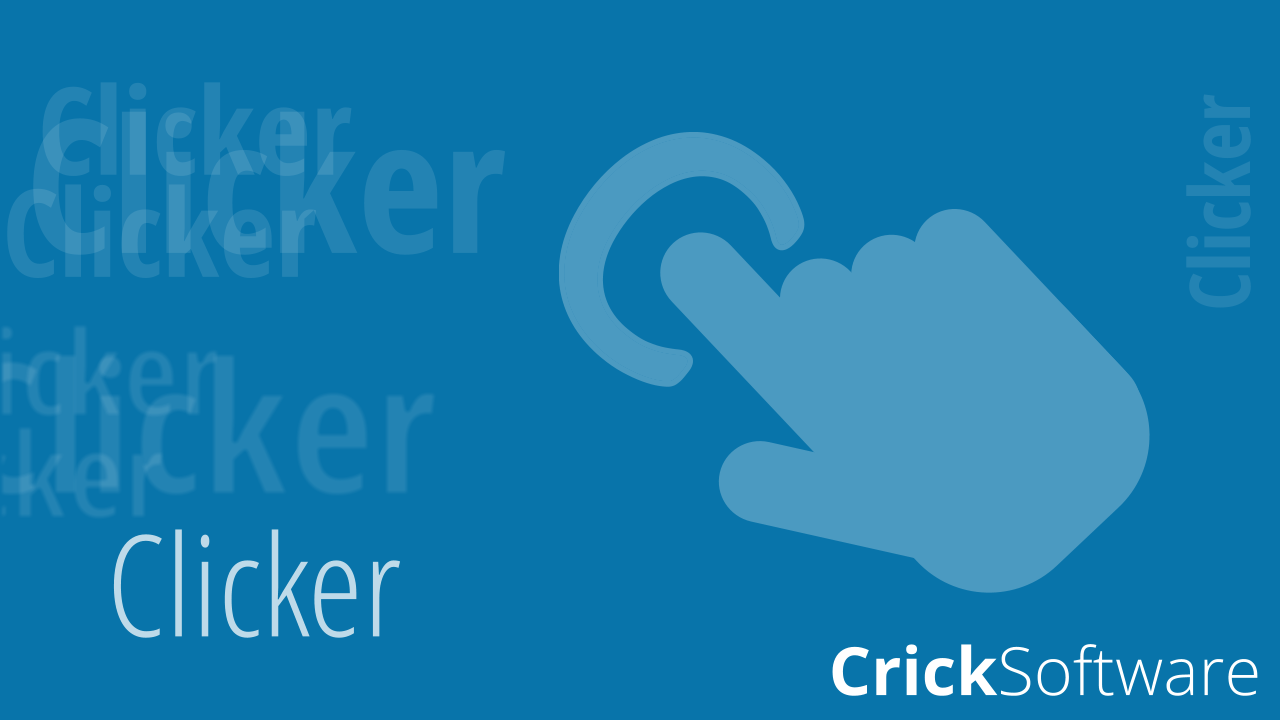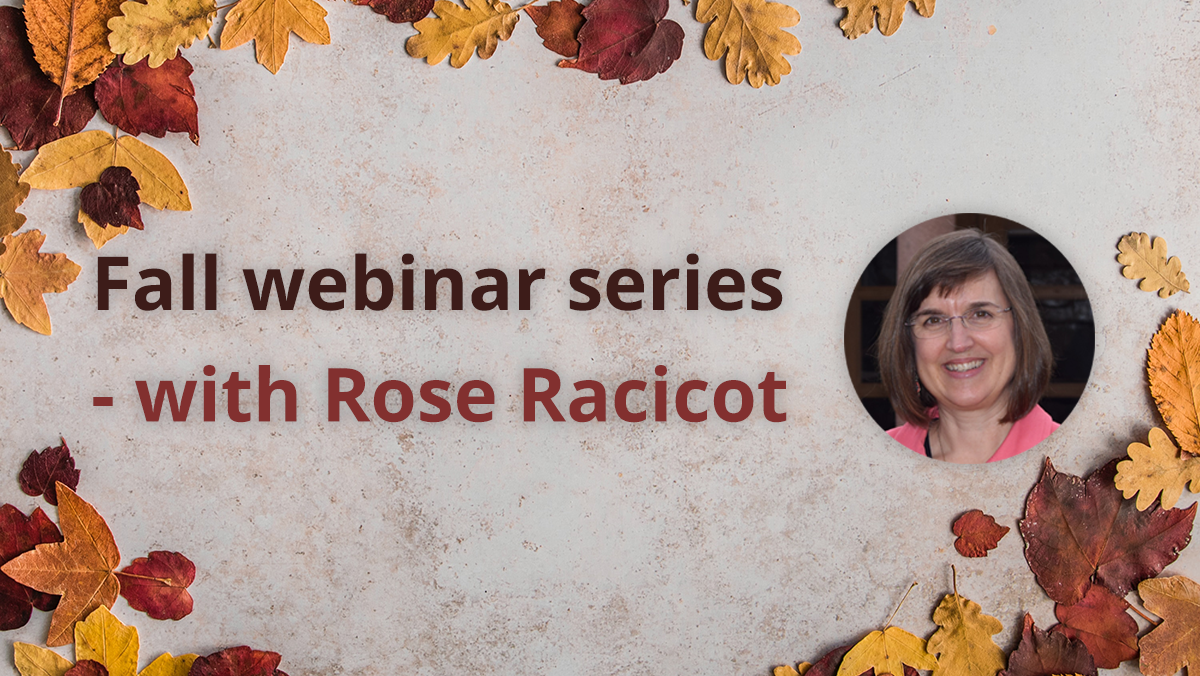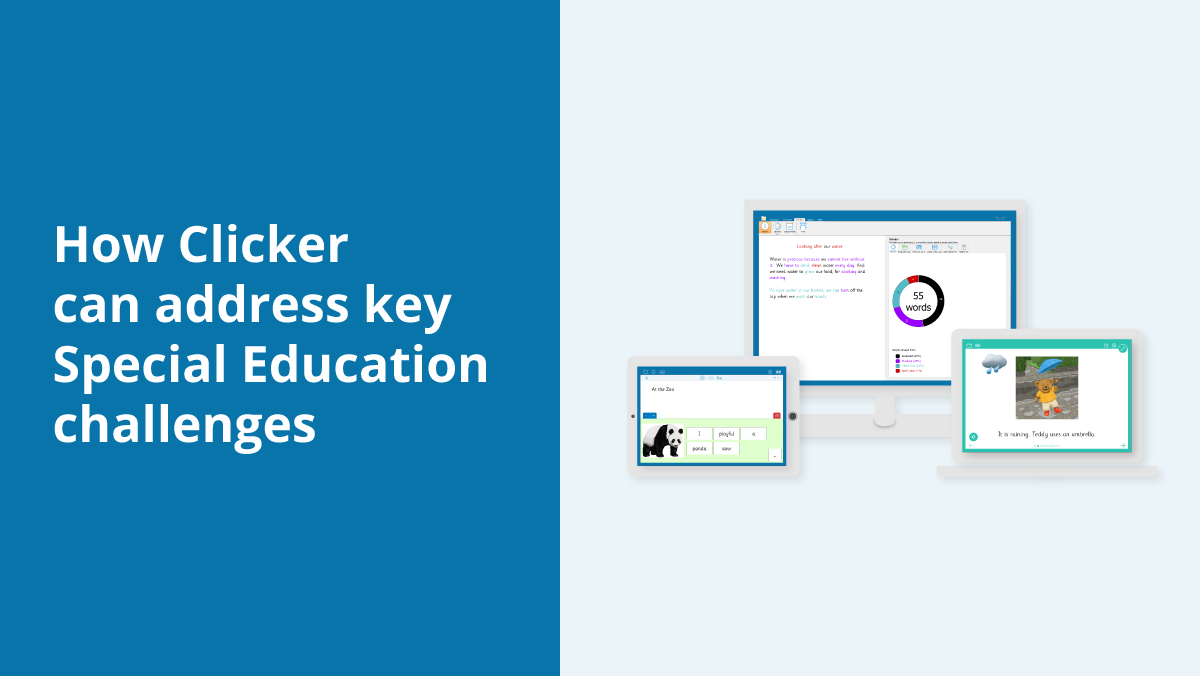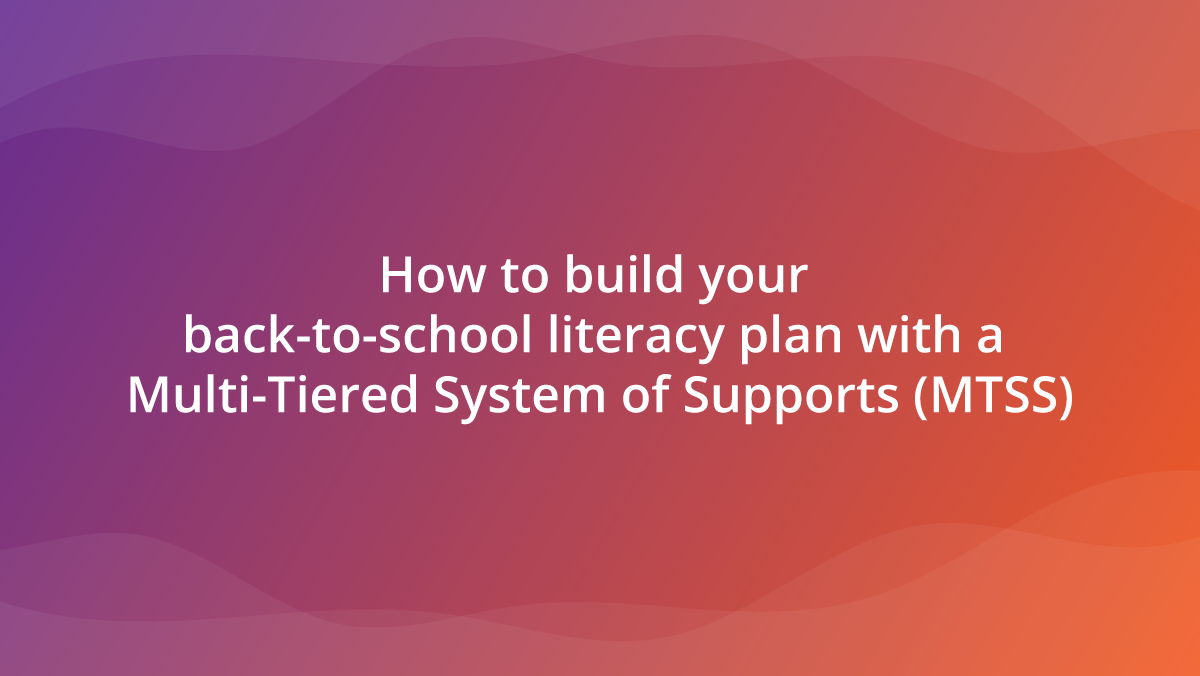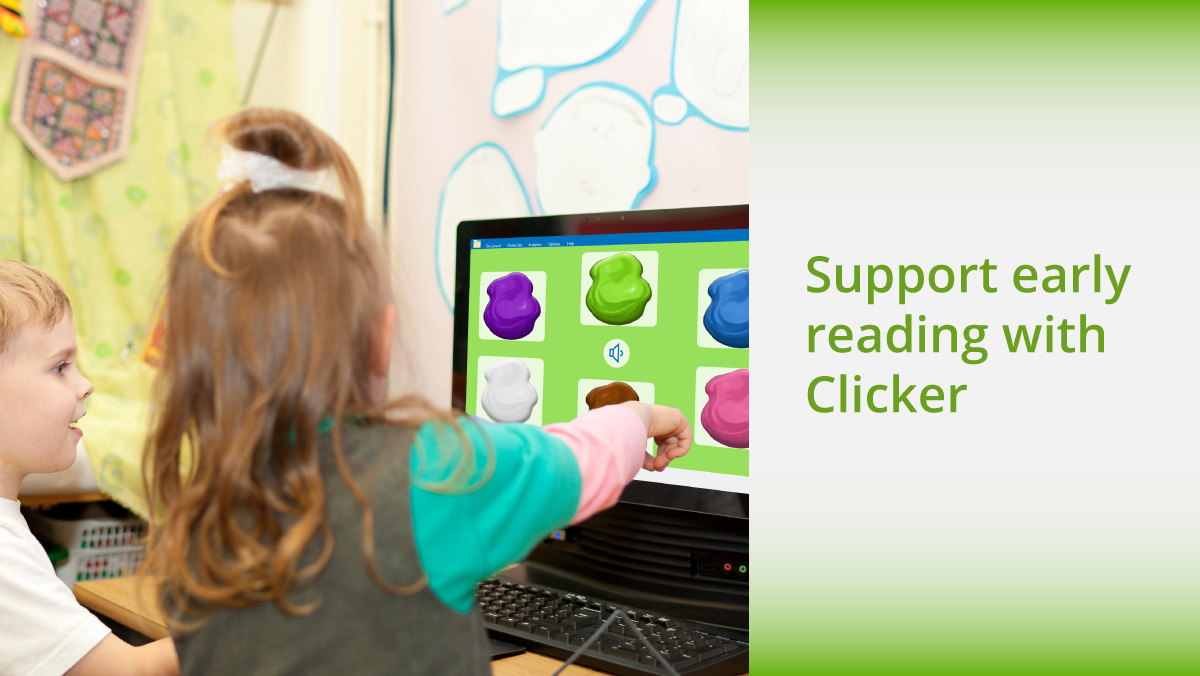Self-determination theory (SDT) relates to human motivation. It suggests that people are most likely to be self-determined when three human needs are fulfilled:
- Autonomy
- Competence
- Relatedness
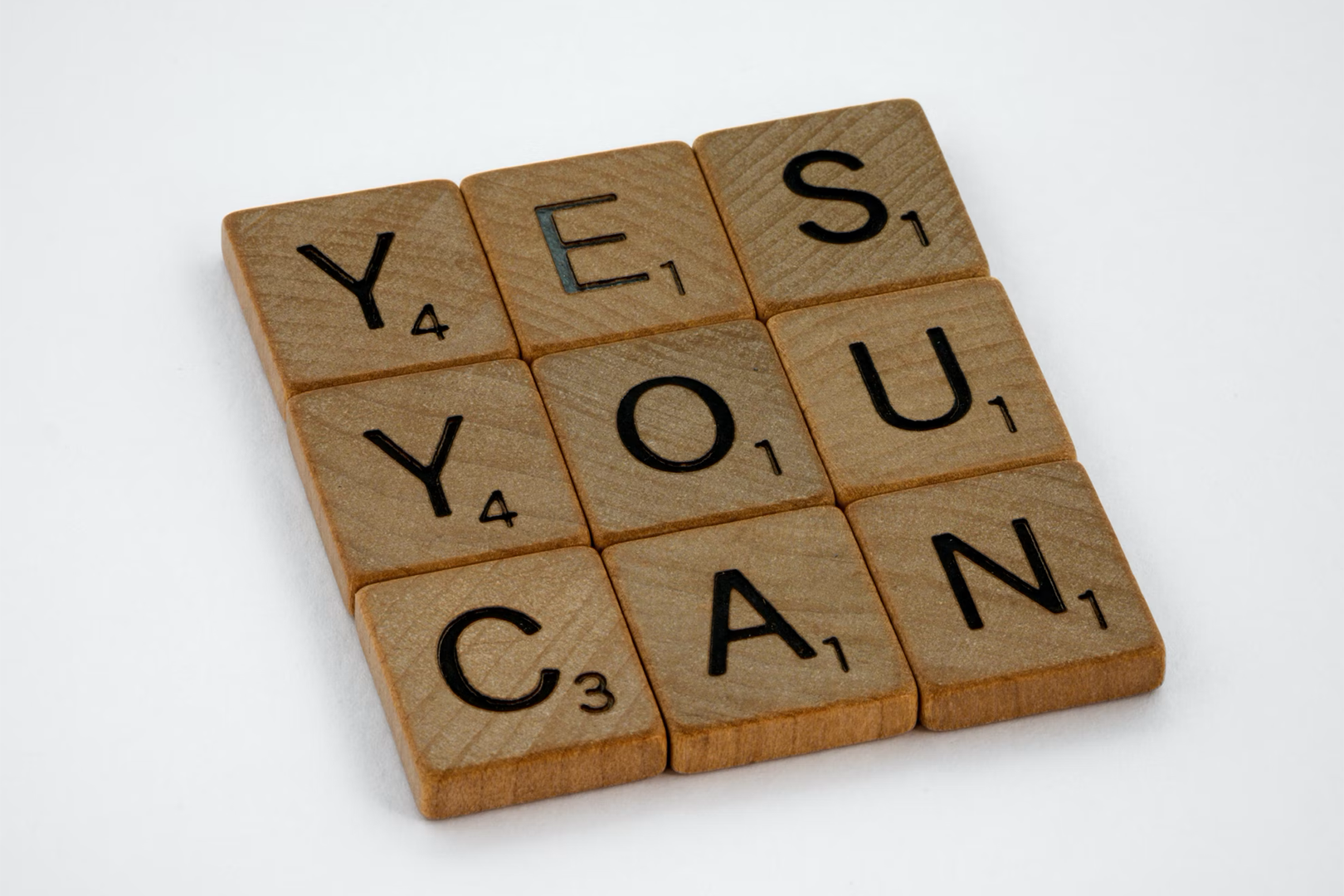
It’s believed that the theory applies to children as much as it does adults. So researchers looked into SDT and its impact on student motivation, and the findings were positive!
When reading about SDT, it took me back to my teaching days as the findings were so relatable. In my classroom, it was often the students who could work independently, understood the task well, or had personal interest in the topic that remained on task throughout the lesson. Whereas some of the students who needed extra support, or who simply ”didn’t like writing”, seemed to be expert procrastinators. I’m sure you’ve also had a student who somehow sharpened their pencil 20 times in one hour!

Reading about this theory piqued my interest as the more I read, the more I realized that Clicker is a great tool for empowering SDT in the classroom.
So, here are the ways that I would structure Clicker into my Literacy lessons to boost the self-determination of all my learners.
Autonomy
Autonomy is the ability for a student to take control of their learning. A perfect task to encourage autonomy is editing. It’s a chance for learners to improve their work and make it the best it can possibly be before their teacher takes it in.
As a child-friendly literacy tool, editing is intuitive in Clicker. Students can check their sentences easily as they write. Whenever they insert end punctuation, Clicker will read their sentence back to them. This gives students the opportunity to edit their sentence before they move on as they are more likely to recognize an error or improvement!

To correct any mistakes, students can simply remove and change words, so no need to re-write reams of work due to “spacing issues”! I know that students in my class used to avoid editing because it often created extra work. This doesn’t happen with Clicker!
Competence
Competence is a judgement of how successfully a task is completed. My experience is that students often mistake confidence for competence, and they would commonly avoid a task out of fear of failing. However, I knew that with the right support I could alleviate this fear and their feeling of competence would excel!
Clicker removes common barriers to writing – hand ache, letter formation, and working memory to name but a few. It empowers the writer and builds their self-belief by clearly demonstrating progress. This would look different for each student and grade level, but most learners can acknowledge when they’ve included new vocabulary and written more, or longer, sentences.
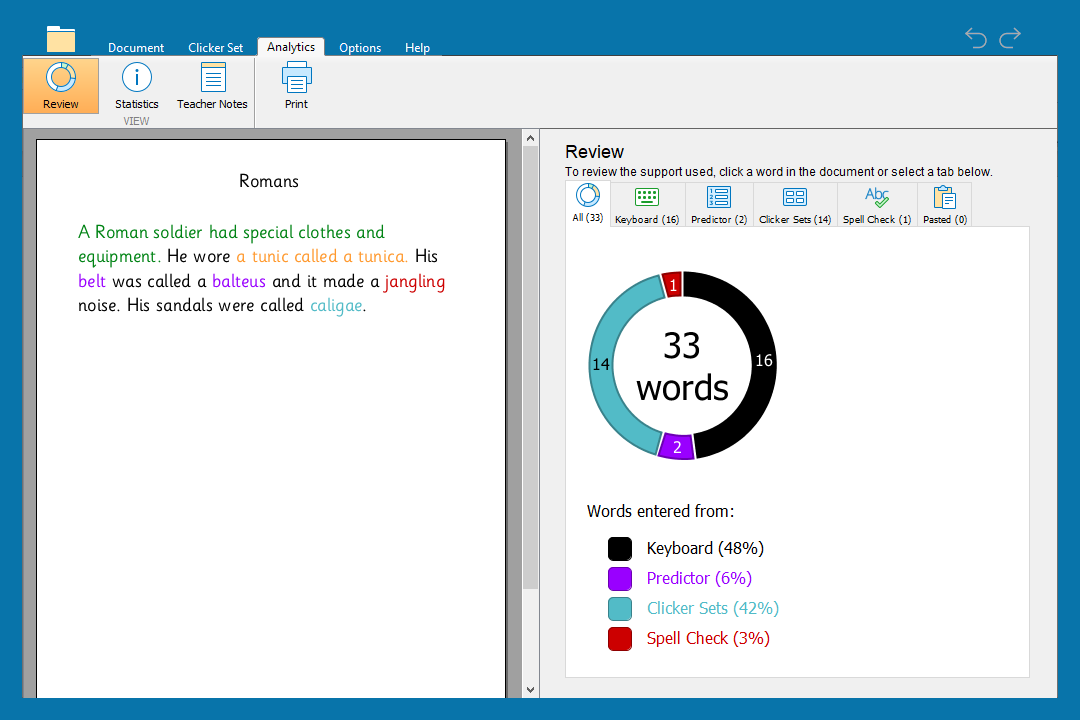
I would also use Clicker Analytics - detailed, tangible data that demonstrates the progress a student is making in their writing. Sharing a student’s progress with them is a confidence-instilling tool that I’ve utilized many times over the years and is the perfect way to help a student recognize their competence.
Relatedness
Relatedness is the connection students feel with one another as a class. Whole-class projects or shared writing is an excellent way to encourage the feeling of relatedness. Having a common goal that they can celebrate together when they achieve it encourages students to remain on task.
Although Clicker is commonly used on individual devices, it can be utilized effectively by teachers on their interactive board for whole class teaching and learning.
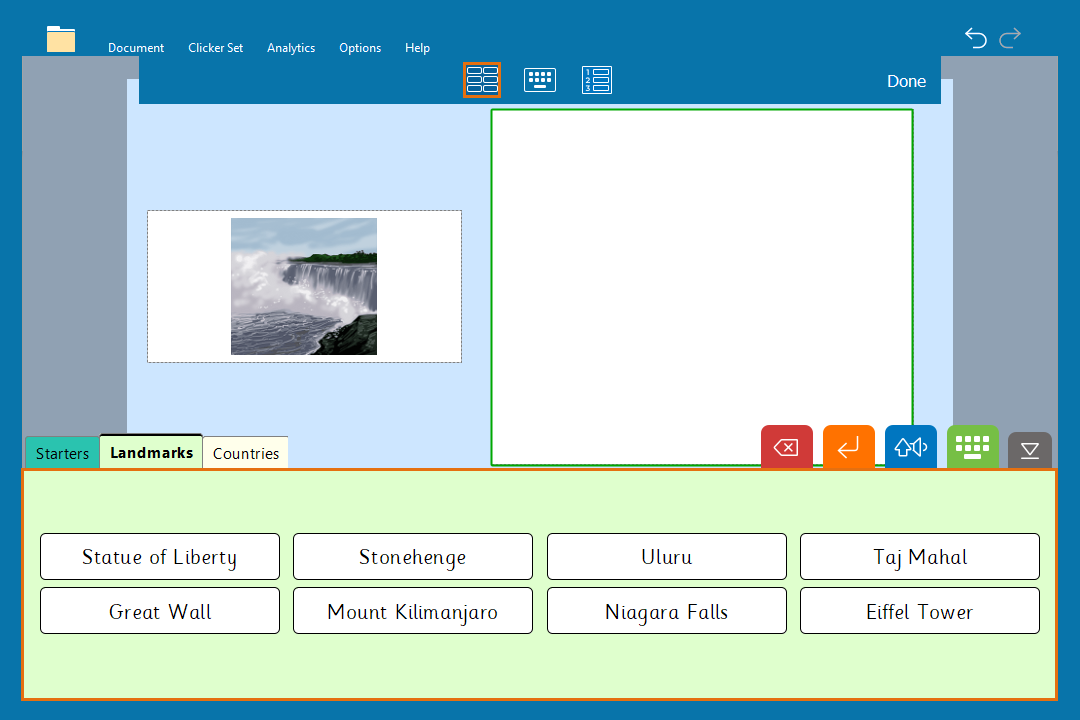
For example, writing a class book together would provide many opportunities to foster relatedness. I would allocate sections of the story to groups of children and collect a class Word Bank using everyone’s ideas. Then, I’d save the Word Bank in Clicker for the students using the software and print it out for the students who aren’t using Clicker. I would combine their written sections to create a story in a Clicker Book. The book could be shared with the students to celebrate their whole-class success!
There are many other ways that Clicker can be used to encourage SDT’s principles in the classroom. Make sure you keep checking out LearningGrids and stay up-to-date with our new resources. And, as always, we’d love to hear the ways you’re using Clicker in your classroom!

